Young in Art Art begins with graffiti. All young children leave marks across surfaces with crayons or pencils. This form of markmaking or "graffiti" refers to: Children typically start doodling around the age of one and a half. Most children do it for pure enjoyment. "When children first start scribbling they usually don’t realize they can make the marks do what they want.They often scribble in a random fashion by swinging their arms back and forth across the drawing surface. The lines they make may actually go off the paper.They may even look away from the page as they work. Circular patterns and geometric shapes begin to appear as children’s perceptual and motor abilities increase. Lines are combined with shapes to form various patterns and designs. Letterforms, especially those in the child’s name, may show up among the marks on the page." As children gain control of the marks on the page, they start to name their scribbles and engage in imaginative play when drawing. The picture above was taken when my daughter first scribbled and said fish. Pre-Symbolism: The Figure Emerges Around three to four years of age, children begin to combine the circle with one or more lines in order to represent a human figure. Variations in the Figure Children, four and five years of age, will experiment with various ways of drawing the figure and may depict the figure quite differently each time they draw. Sometimes, they create figures quite unique to the person or the experience being depicted. self portrait drawing A typical stage for four-and-a-half-year-olds is that the head is drawn larger because it matters. The subject of painting with the child is primarily the child himself. The act of drawing or painting, children can explore many things. self-potential before reaching a satisfactory self-image. In this way, art plays an important role in the self-definition process. Child's concept of space As young children gradually become aware of the world around them, the many objects that make up Their environment will start to come into the picture. These objects are relative to each other in position or size. They are also not organized This type of spatial organization may seem imprecise to adults. It's just that it doesn't follow the Western tradition of using linear to represent three-dimensional space. Rather than consider this a rogue, you can appreciate the children's work, their honesty. Era of symbolism By the age of 5 or 6, most children have developed a repertoire of graphic equivalents or symbols. houses, trees, people, etc. These symbols are individuated because they stem from the child's conceptual understanding rather than observation of the world. Introduction to Baselines One of the more notable changes that occur in children's drawings around the age of 5 or 6 is the use of baselines for space. The child's drawings float all over the page. Children as young as four may include culturally derived imagery in their drawings, but Mass media is most visible among older children. The Crisis of Realism By the age of nine or ten, many children exhibit greater visual awareness of the things around them. As a result, they become increasingly conscious of details and proportion in what they are drawing. This new concern for making their pictures look “right” in terms of detail and proportion leads to a crisis for many older children. In trying to draw realistically, children’s efforts often fall short of their expectations and they quickly become disappointed. Some search for adult-like skills by copying illustrations in books and magazines. Representation of three-dimensional space Older children tend to pay more attention to whether their photos are similar to their own. This interest in visual explanations usually emerges in childhood around the age of 8 or 9. They begin to adopt their cultural conventions to represent three-dimensional scenes on two-dimensional surfaces (Winner, 1982). Visual Metaphor and Expressive Imagery Many older children continue to draw and paint symbolically inspite of the increased concern for realism in their artwork. Indeed, children's emerging capacity for abstract thought enables them to begin conceiving of images as visual metaphors. Summary
Children can observe at least four distinct stages or changes when charted graphically according to developmental stages. They start doodling at 1-2 years old. Representative shapes and figures appear around the age of 3-4 years. Children develop and use graphic symbols to represent objects they encounter in their surroundings. And by the age of nine or ten, children seek optical realism in their drawings. These changes do not happen suddenly. Rather, a small sublevel or child may exhibit the characteristics of both levels in one picture. Teachers should avoid the temptation to place children in a particular stage simply because of their age or grade level. A bigger concern for teachers and parents is the loss of expressiveness and originality with age in children's drawings. If realism is used as a criterion for judging children's work, their skills will improve with age and experience. However, teachers and parents should be concerned about the loss of interest in drawing activities in upper elementary school students. In fact, older children are so critical of their work that they stop drawing. How can these outages be prevented? The following suggestions offer several possibilities.
0 Comments
Leave a Reply. |
Myungja Anna KohArtist Categories
All
Archives
July 2024
|
Proudly powered by Weebly

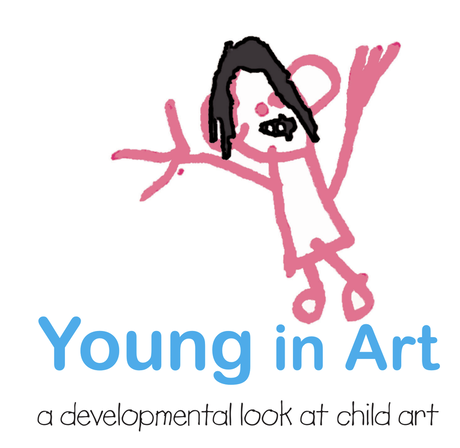

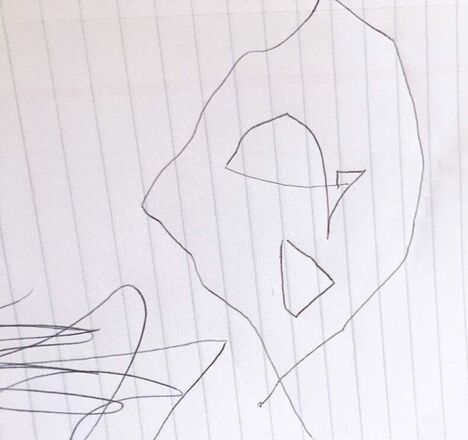
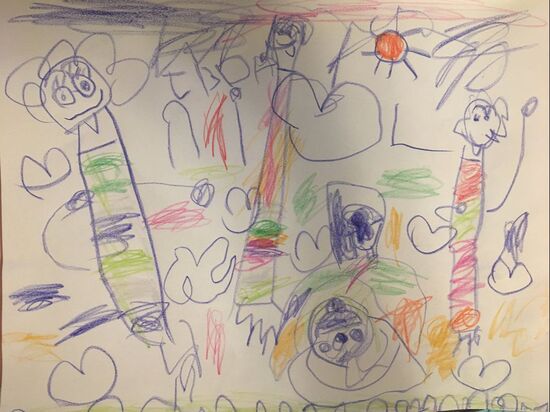
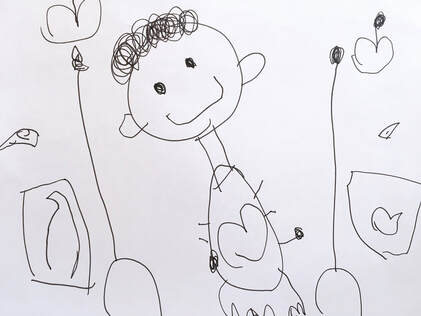
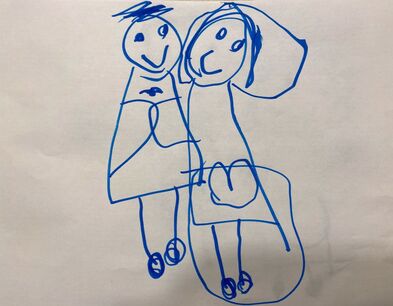
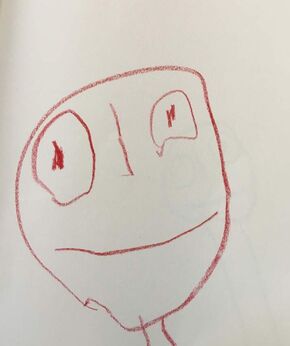
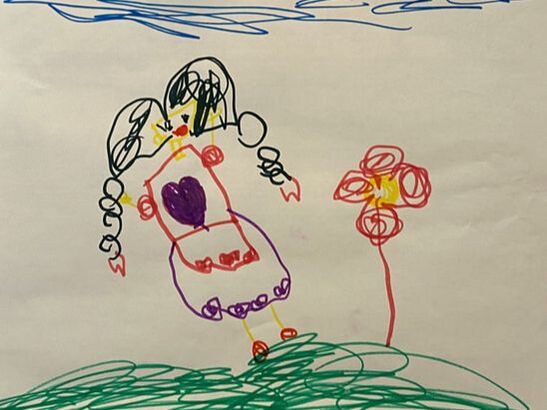
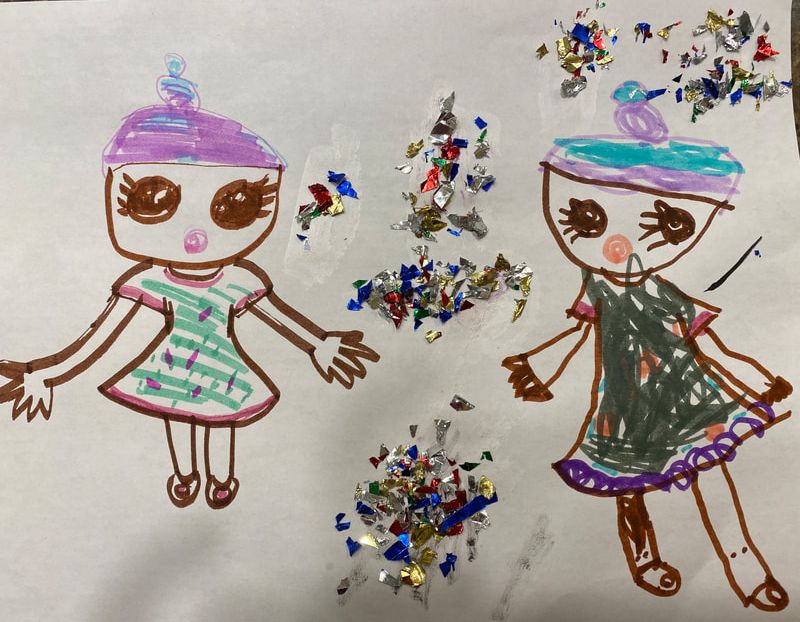
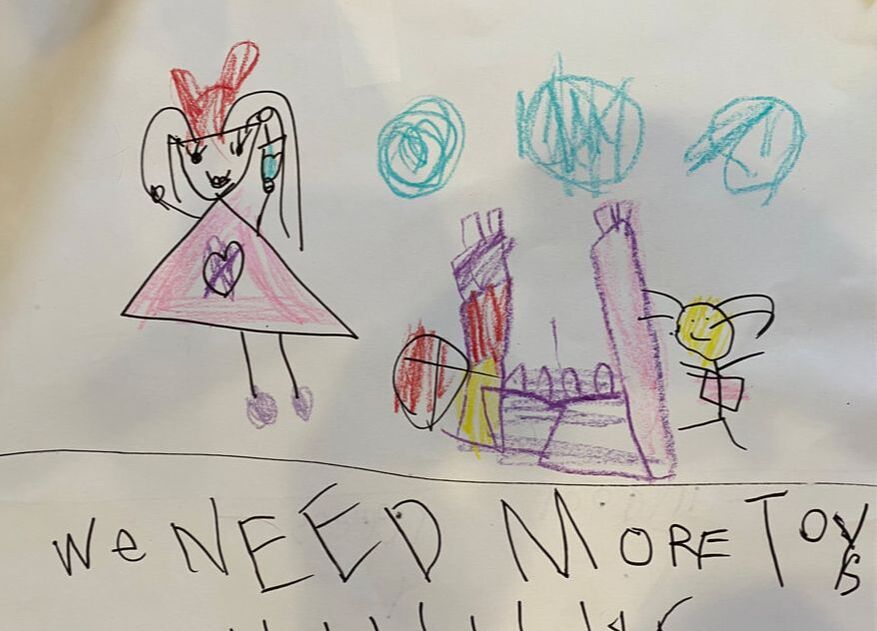
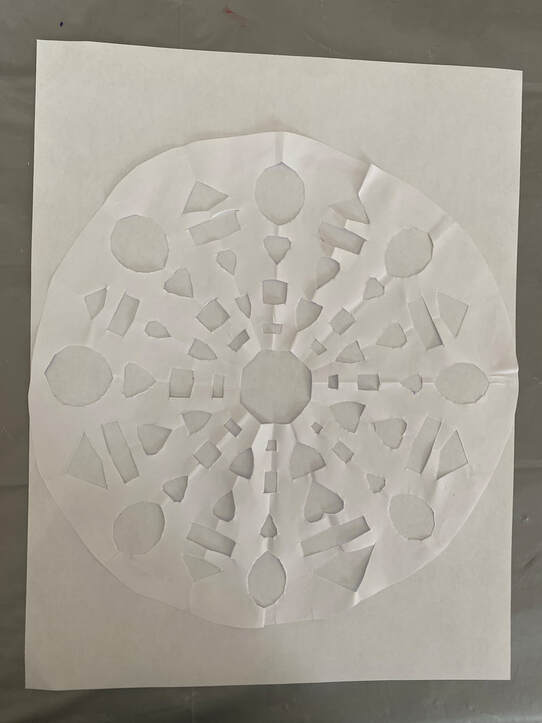
 RSS Feed
RSS Feed